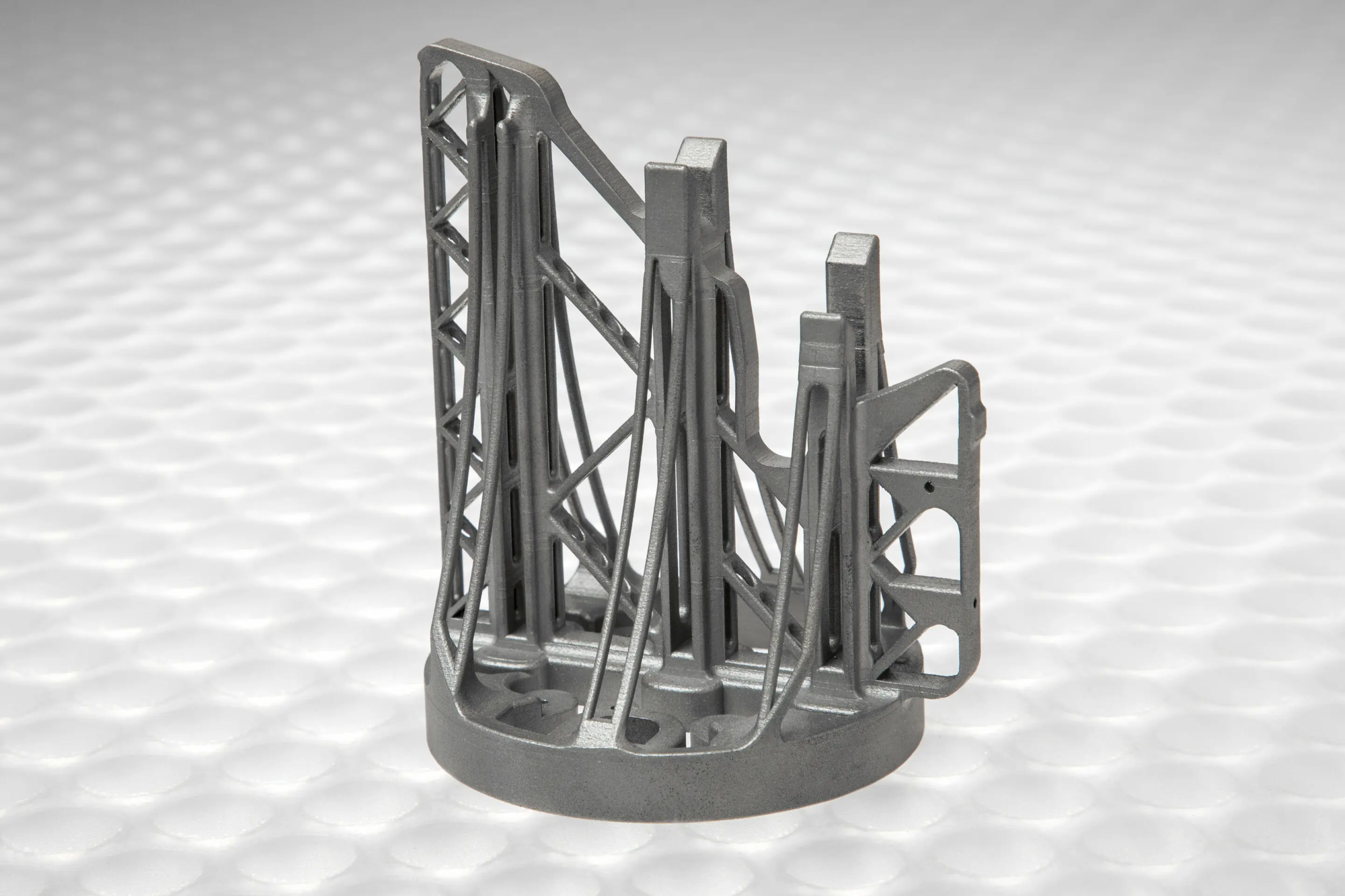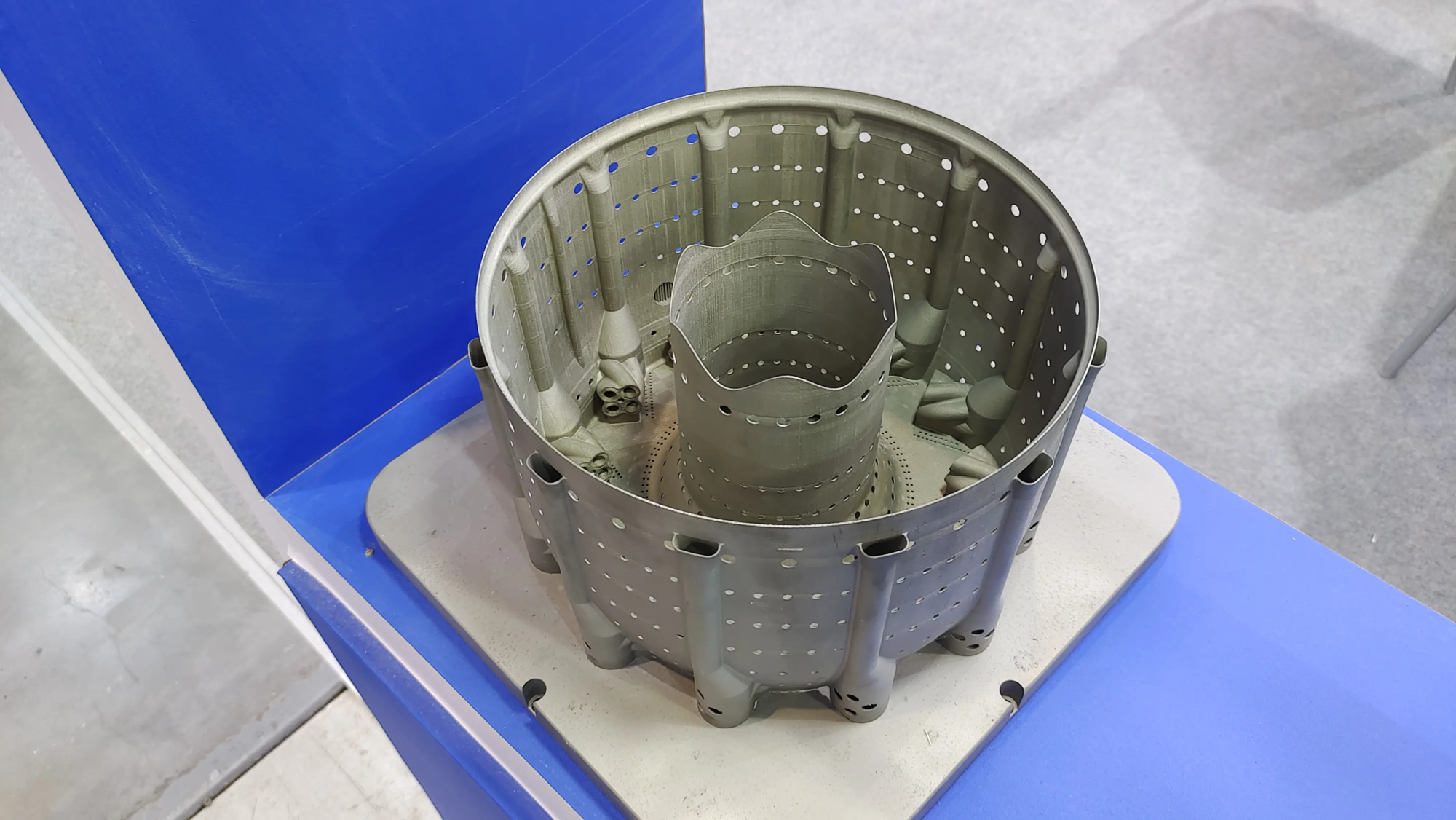On November 1, 2024, the Resource Library learned that a research team from the University of Virginia (UVA) successfully developed a new durable 3D printed cement composite material by combining graphene with calcined clay limestone (LC2). resistance and environmental performance. The research results, published in the Journal of Construction Engineering, show the broad application prospects of this material to meet the challenges of modern construction.
The project, led by Professor Osman Ozbulut of the Department of Civil and Environmental Engineering at the University of Virginia, uses surfactant-assisted ultrasonic dispersion to evenly distribute GNPs in the LC2 mixture, ensuring efficient dispersion of graphene in the material. Research shows that adding small amounts of graphene nanoplatelets (GNPs) can significantly improve the stability of 3D printed structures while significantly reducing the environmental impact of concrete production.
Experiments included evaluating dispersion quality using UV-visible spectroscopy and dynamic light scattering techniques, as well as testing the compressive and flexural strength of the material. The results show that even if the addition of GNP represents only 0.05% of the total weight, the compressive strength is increased by 23%, which significantly improves the printing performance of the material, especially in terms of limit elasticity and storage modulus. suitable for extrusion molding.
In addition, the research team also conducted a life cycle assessment (LCA) to thoroughly evaluate the environmental impact of introducing graphene into the LC2 mixture. The results show that adding GNP can reduce greenhouse gas emissions by approximately 31% compared to traditional cement-based mixtures for 3D printing. Researchers believe that this kind of graphene-reinforced composite material has special application prospects in the field of transportation infrastructure and can achieve an organic combination of technical performance and environmental protection goals.
Meanwhile, British company Versarien is also working with construction giant Balfour Beatty to develop a low-carbon 3D printing mortar to improve the sustainability and efficiency of civil engineering construction. The 12-month project aims to produce graphene-enriched mortars designed to reduce carbon emissions and meet the structural requirements of civil engineering.
In recent years, the construction industry has continued to pay more attention to sustainable development and has given rise to many innovative, green and environmentally friendly construction solutions. For example, last month, Mighty Buildings announced a partnership with Honeywell to improve the insulation performance of 3D printed homes using Honeywell’s Solstice Liquid Blowing Agent (LBA). Meanwhile, researchers from the Spanish Institute of Advanced Architecture of Catalonia (IAAC) used a Crane WASP 3D printer to construct a 100 square meter low-carbon building prototype as part of the TOVA “Forest of 3D printed earth” from Barcelona.
These innovative explorations show that with technological advancements and growing environmental awareness, the 3D printing construction industry is moving in a greener and more sustainable direction, providing new solutions for future construction development.





